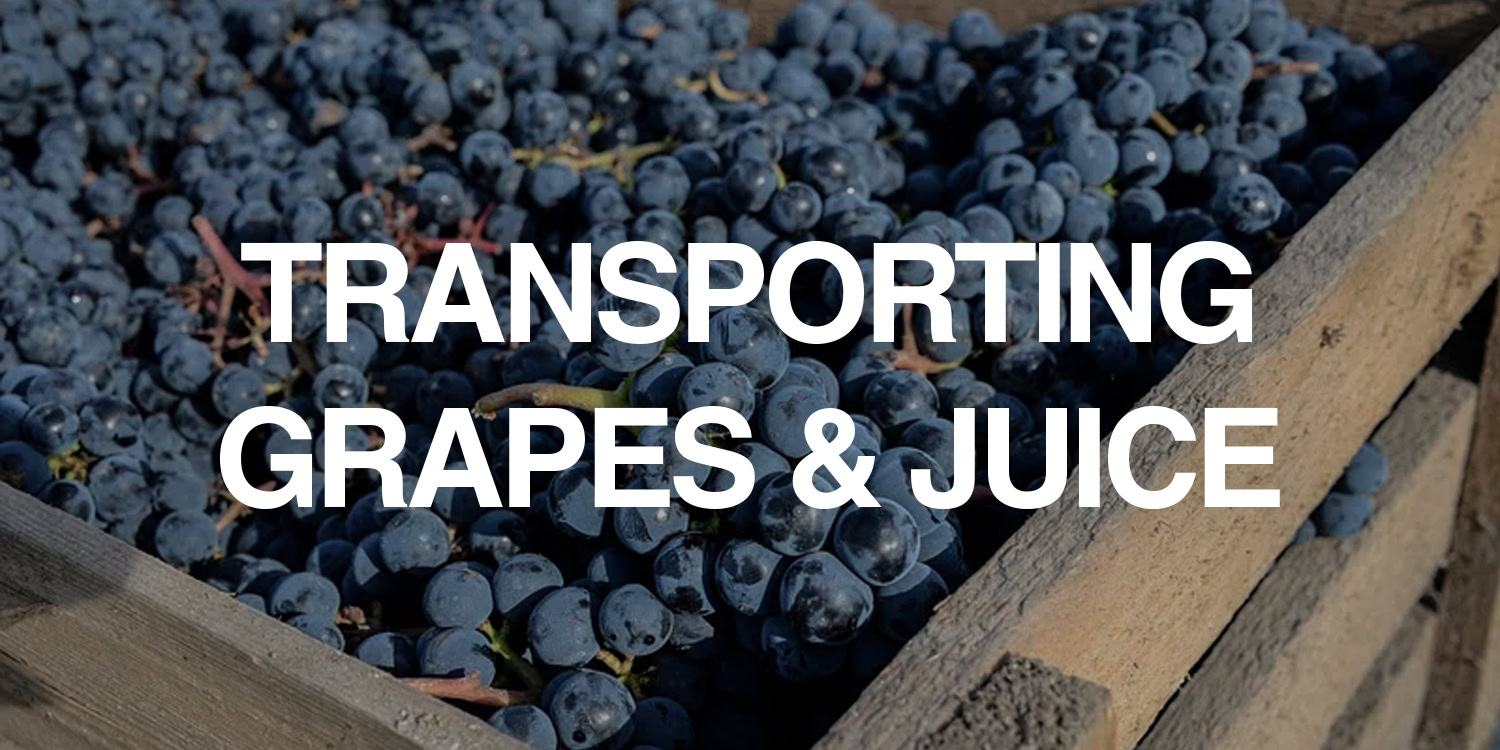- Rack the wine off the gross lees into a sanitized tank.
- While racking, add 180 ppm of Celloferm to the receiving tank. Celloferm will help purify the compromised must from toxins and contaminants.
- In a tub, bring 250 mL water for every hL of stuck wine to treat (2.5 gal water/1000 gallons wine) to 40°C (104°F).
- Add 60 ppm of Fermoplus Energy Glu rehydration nutrient.
- Add to this mixture 250 ppm of Fermol Complete Killer Fru yeast according to the total volume of the stuck wine.
- Mix the yeast and nutrient thoroughly with a paddle.
- Let the yeast rehydrate for 20 minutes.
- Check the temperature of the yeast mixture before moving on to step 9.
- Take out of the problematic tank 250 mL of stuck must per hL of its total volume.
- Add this to the yeast mixture, making sure that during the addition the temperature does not change more than 5°C/10°F.
- Add 250 ppm grams of light white grape concentrate to the yeast slurry depending on the total volume of the stuck wine.
- Take a sample of this starter and measure the RS, if possible.
- Cover and hold for 12 hours in a warm part of the cellar. Maintenance of the temperature at around 21°C (70°F) is recommended.
- Check the RS. Make sure that there are signs of active fermentation before moving to the next step (a RS drop will confirm yeast activity).
- Transfer yesterday’s start-up from the tub into the small wine tank.
- Slowly add 750 mL of stuck wine per hL of the total volume of stuck wine and 150 ppm of light grape concentrate to the small tank. Adjust according to the total volume of the stuck wine. Stir well.
- Record the RS and hold it overnight. Make sure the small wine tank is vented.
- Check once more that the mixture is actively fermenting before moving on.
- Add 10 more liters of stuck wine for each hL of total wine to the small tank and mix well. Hold for another night.
- Transfer the small tank to the stuck wine tank and mix well. If possible, maintain the tank temperature between 21-24°C (70 – 76°F). Monitor RS regularly.
How to perform a pectin test
We know that if flotation is unsuccessful the cause most of the times is to be found in the must, not in the equipment. Check if the must is too cold (lees
than 50°F or 10°C), if the must is fermenting, or if the enzyme did not work (i.e., it did not hydrolyze the pectins). In order to check if the enzyme worked
we can ask to the lab to run a pectin test:
- Add 10 ml of ethanol to 5 ml of centrifuged must/wine.
- Let it sit for 60 seconds.
- If floccules appear after one minute, pectins are still present in the wine and they might cause problems with settling.
The test thus performed will frequently give results that are practical enough to understand if the must is de-pectinized. A more accurate procedure requires the ethanol used in the reaction to be acidified. To prepare the “acidified ethanol” solution, pour 250 ml of alcohol into a flask. Add 2.5 ml of hydrochloridric acid to the alcohol and mix gently.
E-Flot Sizes Processing speed per hour Electricity needed
- E-Flot 5: 1,320 gallons, 220V Three Phase
- E-Flot 25: 6,600 gallons, 480V Three Phase
- E-Flot 50: 13,200 gallons, 480V Three Phase
- E-Flot 80: 21,133 gallons, 480V Three Phase
- E-Flot 130: 34,300 gallons, 480V Three Phase




